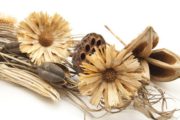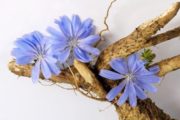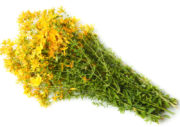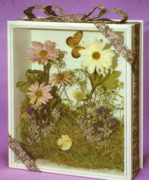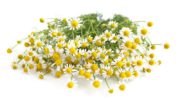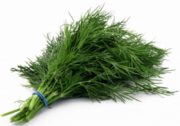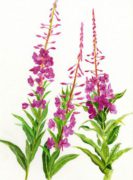Dried flowers: methods of drying flowers - how to dry dried flowers at home
Dried flowers allow you to preserve memories of the summer or a memorable event for the celebration of which they were given. Dried flowers in decorative compositions look most advantageous, as they retain their shape, appearance and sometimes even aroma. We will talk in more detail about how to properly dry flowers at home in this article.
Content
Rules for collecting flowers
In order to dry the buds, preserving their color and shape as much as possible, you must adhere to the following rules:
- Collection of material should be carried out in dry sunny weather, after the dew has completely disappeared from the plants. Wet flowers lose color after drying, and most of them rot.
- If possible, flowers should be sent for drying immediately after picking. A freshly picked bud perfectly holds the shape of the petals and lends itself well to press placement.
- The collection of raw materials must be carried out in volumes much larger than you may need. The fact is that dried flower petals are quite fragile, and some of them may break before they get into the composition. In addition, from a large volume of dried flowers it is easy to choose the most successful dried option.
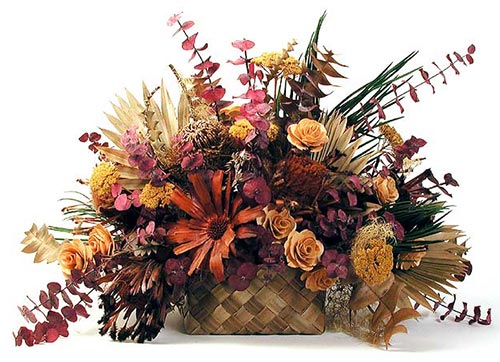
Drying methods
Natural way of drying
The flowers are cut along with the stem, and, forming small bunches, hung with buds down in a dark, dry place. If single flowers are needed to create a composition, then you also need to hang them one at a time. The main condition for this drying method is a dark room, since the sun's rays destroy the original color of the buds.
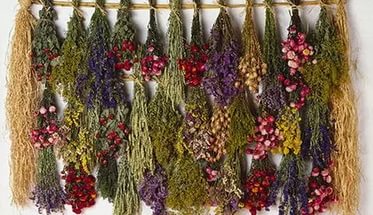
Using cotton wool
Flower petals are covered on all sides with absorbent cotton wool and placed in a dark place. After 2 – 3 weeks, the cotton swabs can be removed using tweezers. Bulk buds, such as roses, are dried by placing them upside down, and flat flowers, such as daisies, are covered with cotton wool on a flat surface.

Drying with dehydrators
Salt, semolina and fine sand can perfectly absorb moisture, so they are often used for bulk drying of buds. The stem of the flower is first cut off, and then it is placed in a small container and carefully covered on all sides with bulk material. It is important that the bud inside the container is positioned strictly vertically. If salt is used as backfill, it should be fine “Extra” grade. It is better to use river sand. Experienced florists advise pre-heating it in a dry frying pan.
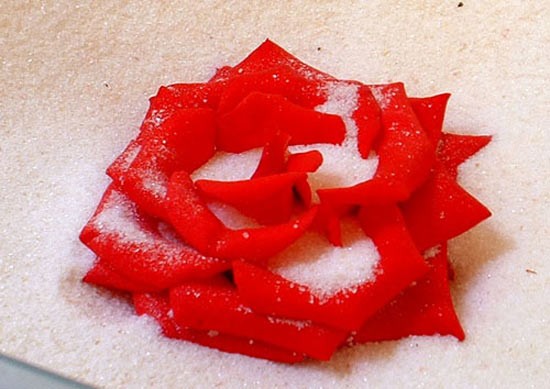
A video from the channel “Irina St” will tell you about volumetric drying of flowers in sand
Using a book
Sometimes decorative floristry requires flat-shaped dried flowers. They are easy to prepare by drying the flowers using a press or book. Book drying is familiar to everyone since childhood. In this way dried herbariums from leaves of various tree species.

The same mechanism is used to dry flowers: the buds are placed between the pages of the book and, pressing them tightly, wait until they dry completely.To prevent the pages from waving, and along with them the dried flowers from becoming distorted, an additional layer of paper or paper napkin is placed between the pages.
Drying time depends on the type and thickness of the bud and, on average, takes from 2 to 4 weeks.
A video from Marina Khvaleva will tell you in detail how to properly prepare dried flowers and dry the herbarium in different ways.
How to store dried flowers
The finished material is stored in cardboard boxes or containers that protect the flowers from mechanical damage. The storage place should be dry and dark. Severely dry air, such as in apartments during the heating season, can make flowers too fragile, so the best place for storage is a glazed loggia or balcony.


